Review: Diabloceratops (Collecta)
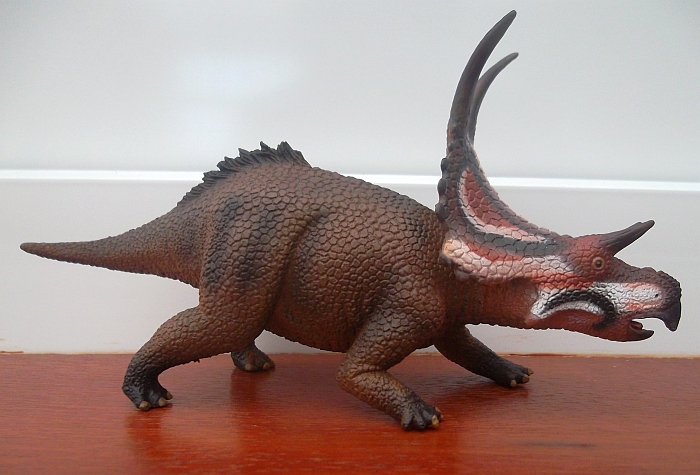

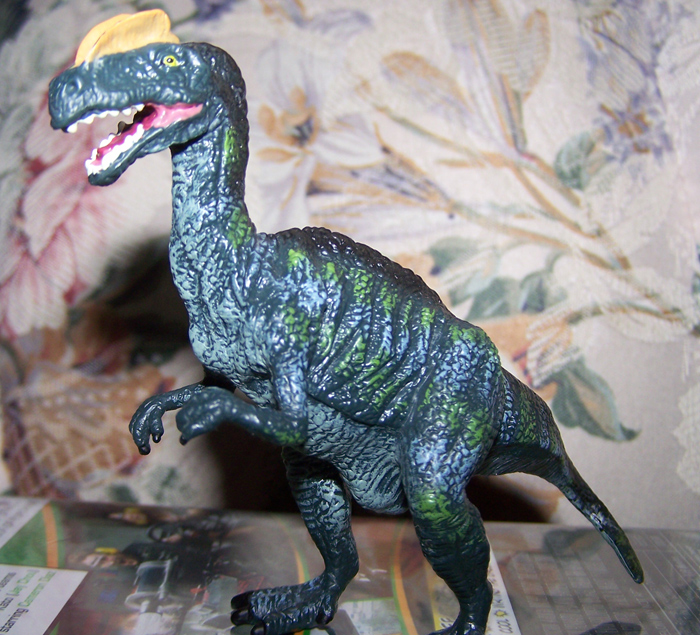
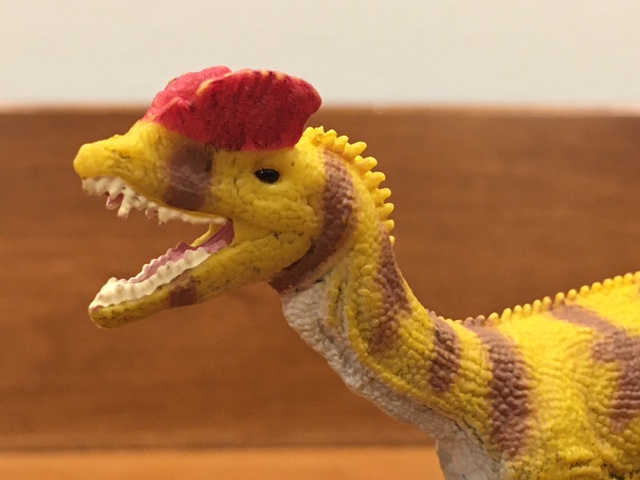
Thanks to its appearance in Jurassic Park, Dilophosaurus is, in the words of one paleontologist, “pretty much the best, worst-known dinosaur.” Even if you’re well aware that it wasn’t small and didn’t spit venom and didn’t have a frill around its neck, you probably grew up reading about how fragile its twin crests were and how relatively weak its bite was.


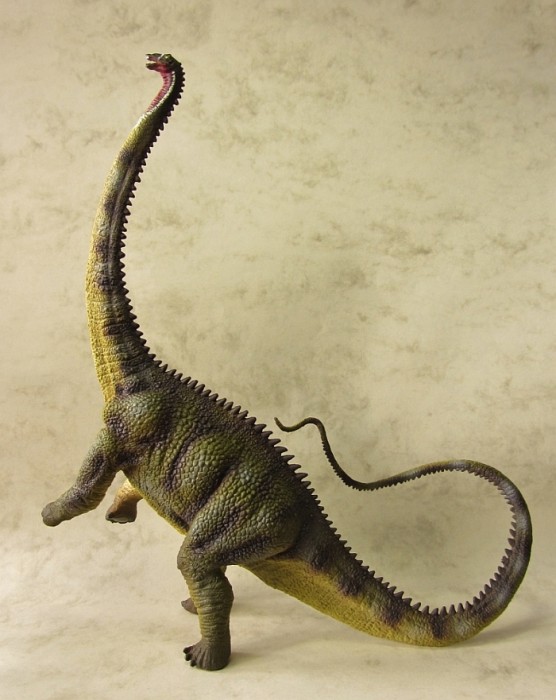
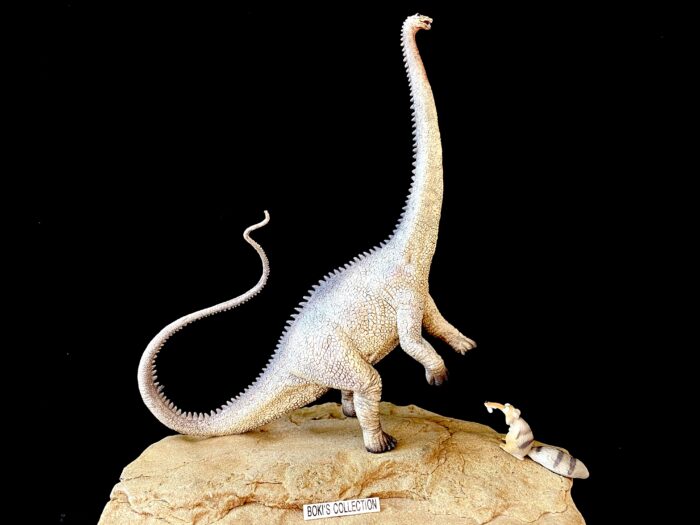
Diplodocus is one of the most famous and iconic dinosaurs and has been around for some time now. Its graceful form is easily recognizable so it has become one of the staple species in pop culture, from merchandise and films.With that, information about it already saturate the forum as well as the blogosphere so we can skip all that.
This Diplodocus figure we are reviewing today is a repaint of CollectA’s first version that was released way back in 2013 if I remember correctly.This figure is in a rearing pose; a pose made iconic by the legendary Battat Diplodocus way back in the mid 1990’s and has yet to be surpassed despite a few attempts through the years from various brands.
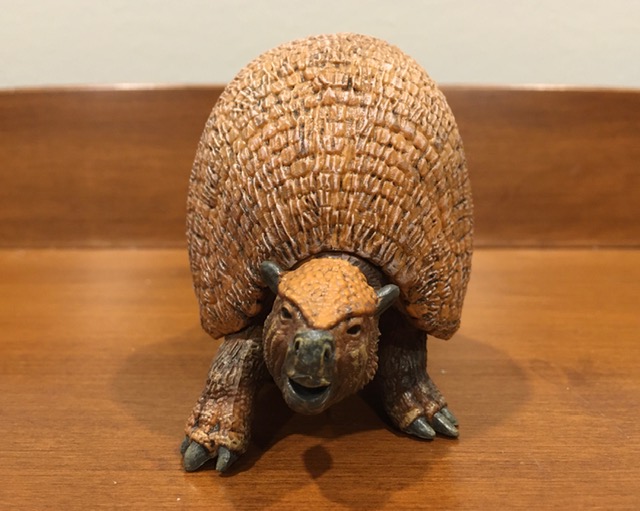
Weighing up to more than two tons, Doedicurus clavicaudatus, sometimes known as the morning star-tailed glyptodon, was one of the last and largest members of its family. Like most other prehistoric jumbo armadillos, it featured a heavy domed carapace and an armoured tail, but in its case, the tail was extra long and terminated in a thick club that probably bore spikes.



Review and images by bmathison1972; edited by Suspsy
Dreadnoughtus schrani is a titanosaur from the Late Cretaceous (Campanian to Maastrichtian) of present-day South America. Remains of only two individuals have been described to date, both from the Cerro Fortaleza Formation in Argentina. Dreadnoughtus was one of the largest dinosaurs; estimations put its total length at approximately 26 meters and its weight at 49,000 kilograms, although the holotype is believed to have not been fully grown at the time it died.
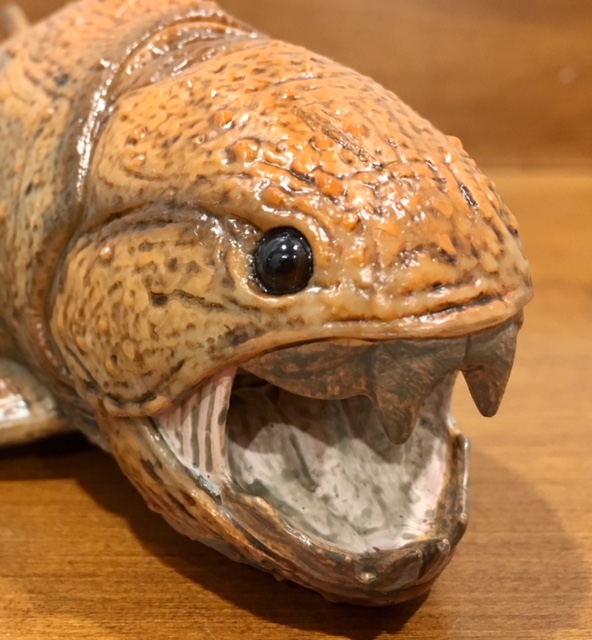
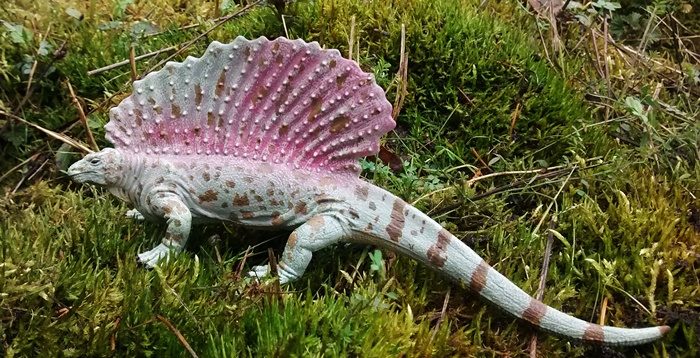
The long wait has ended,… 12 years it’s been since the Bullyland Edaphosaurus was discontinued and despite its renown toy companies all over the planet refrain from producing figures of that enigmatic permian synapsid. It may be because of the overwhelming popularity and superficial similarity of its kin Dimetrodon, which in contrast is often repeated by all the companies.

The CollectA Edmontonia was released back in 2010.
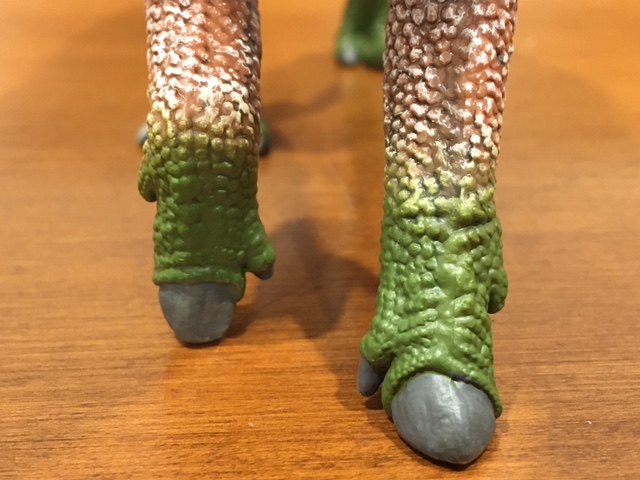
The two valid species of the North American hadrosaur Edmontosaurus, E. annectens and E. regalis, are known from multiple fossil specimens. Taken together, they make the genus “fully known.” But while a complete skeleton can give us a reasonable idea about an animal’s appearance in life, it is not necessarily a full or accurate one.